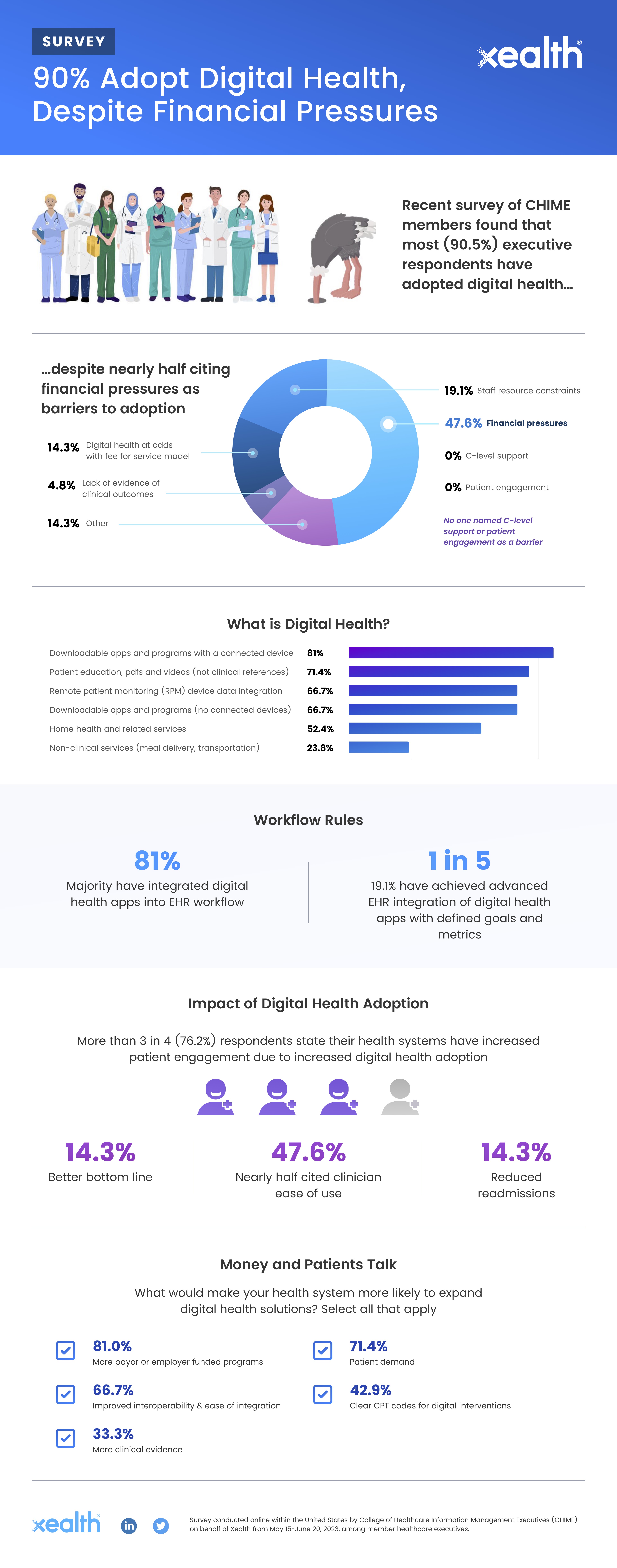Note to readers: This is the second post in a six-part series exploring the perspectives of digital patient engagement.
Healthcare’s ongoing transformation continues to be fueled by the rapid advancement of digital technology and changing patient expectations.
Today, more than half of patients use the Internet to seek medical information, while 40% use it to communicate with doctors and access test results. This shift towards digital engagement underscores its importance as a trend and a crucial aspect of modern healthcare delivery.
Ignoring this shift can have severe consequences for healthcare providers, including:
- Losing patient market share
- Falling behind retail health competitors
- Becoming targets for acquisition due to lagging competitiveness
Let’s take a deep dive into these potential pitfalls and dangers, among others.
Losing Patient Market Share
The evolution of patient expectations with the advent of digital technology is undeniable.
A staggering 92% of millennial patients desire two-way communication with their healthcare providers, and 71% expect the ability to schedule appointments online.
Convenience and accessibility have become pivotal in healthcare decision making, with 51% of patients citing these factors as the most critical in their healthcare choices.
The implications are clear: healthcare systems that fail to embrace digital engagement are at risk of patient attrition, which averages 17% in the U.S.
Improving patient retention by just 5% can significantly boost the lifetime value of a patient; a single practice can increase its average lifetime patient value (estimated between $12,000 and $15,000) by 25-100 percent.
The Rise of Retail Health as a Competitor
Retail health clinics have witnessed a 200% increase in use over the past five to six years, driven by their digital savviness and appeal to modern consumers.
These clinics leverage online scheduling, mobile health apps, telehealth services, patient portals, and automated reminders to engage patients effectively. Traditional health systems that lack such digital engagement strategies can experience “digital side door churn,” losing patients to these more technologically adept competitors.
Becoming a Target for Acquisition
A lack of digital patient engagement can make healthcare systems vulnerable to acquisition.
In 2023 there were 65 announced healthcare mergers and acquisitions, compared to 53 in 2022 and 49 in 2021. We can expect more on the way in 2024, making it crucial for health systems to generate more revenue with digital solutions.
Factors such as decreased patient loyalty, competitive disadvantages, inefficiencies in care delivery, and reduced access to patient data make these systems less viable in the competitive market.
However, by leveraging automation and achieving advanced EHR integration, healthcare providers can maintain their independence and competitive edge.
The Clear Costs of Low Patient Engagement
Low patient engagement directly leads to financial losses and eroding loyalty.
According to an NRC Health study, a poor digital experience would drive 80% of patients to consider a provider switch. Additionally, 20% would switch if they could save $500.
Patient perceptions of quality can also significantly impact financial metrics, with negative experiences potentially costing a health system up to $400,000 over a single patient’s lifetime due to lost revenue.
The Hidden Costs of Low Patient Engagement
Beyond the direct costs, low patient engagement and satisfaction can lead to:
Digital engagement strategies, such as providing personalized educational content, can mitigate these risks and lead to improved health outcomes, higher patient satisfaction, and significant cost savings.
For example, Children’s Wisconsin (CW) struggled with providing its custom and vended educational content to patients in a user-friendly way. Once the health system partnered with Xealth and integrated its custom content management system with KidsHealth, CW created a centralized workflow for the care team to order and monitor the use of all their education content.
Implementing Effective Digital Engagement Strategies
Healthcare systems must adopt and integrate effective digital tools and platforms into their workflows to improve digital patient engagement. To create better digital touch points and engage patients asynchronously outside the clinic:
- Activate more patients on your digital front door
- Extend the reach and capabilities of the EHR
- Manage all digital touch points in a single formulary
Successful implementation can result in engagement rates exceeding 65% and a 2-5x increase in revenue-generating activities.
Digital Patient Engagement Cannot Be Ignored
The risks associated with overlooking digital patient engagement are significant and multifaceted.
The costs of inaction are too high, from losing market share to facing financial losses and compromising patient safety. The future of healthcare lies in digital engagement, offering a pathway to improved patient care, satisfaction, and operational efficiency.
Healthcare providers must recognize the urgency of adopting digital strategies to stay relevant and competitive in this new era of healthcare. Engaging patients digitally is a necessity for survival and success.
Request a Xealth demo today to explore how digital patient engagement can transform your healthcare delivery and patient outcomes.


